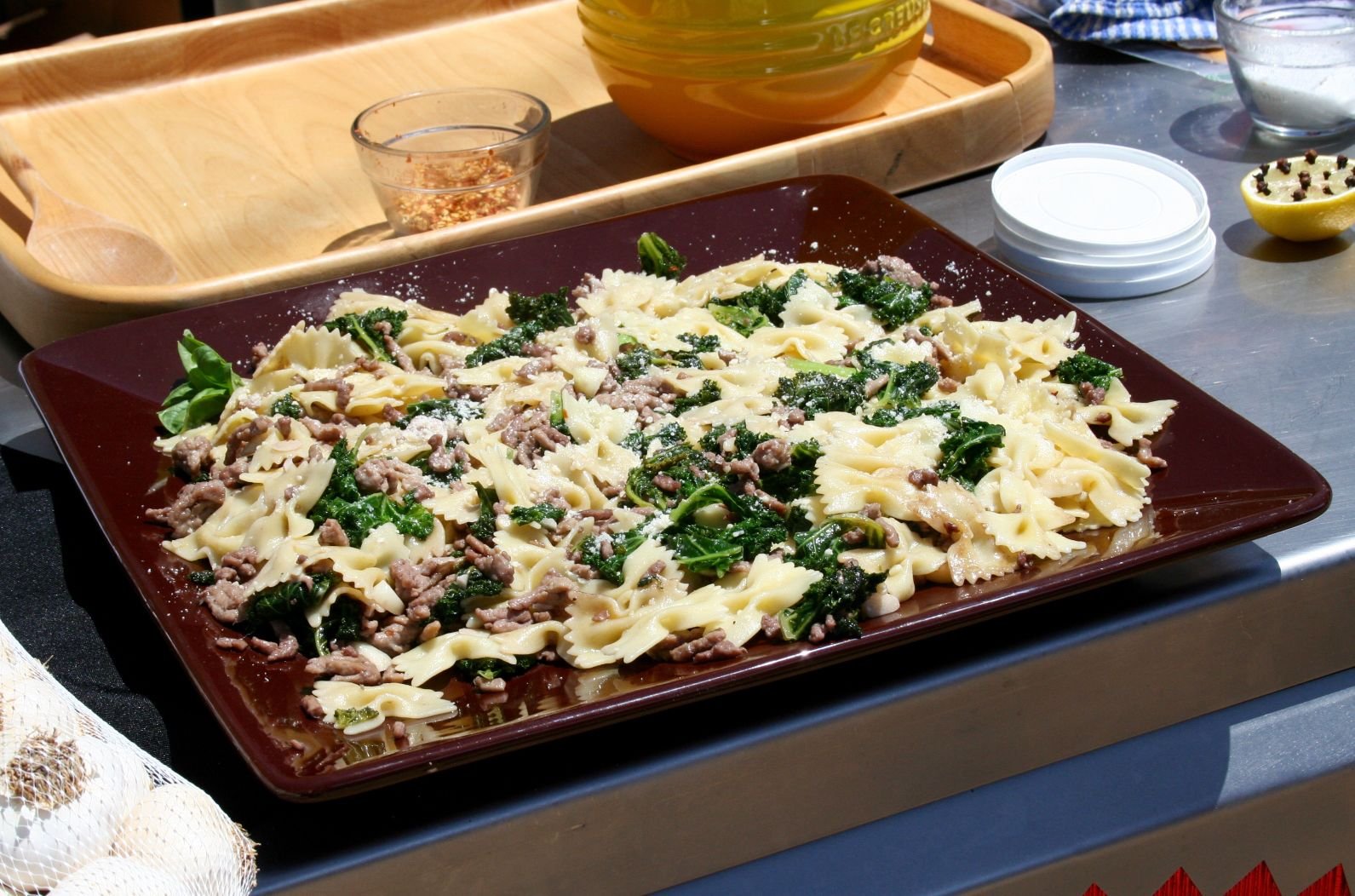GILROY
– Other than the occasional passing of a group of golfers or the
distant sound of laughter coming from a function at the Gilroy Elks
building, the ghosts who call a Chinese cemetery home have little
more than the wind to break the serenity of their days.
GILROY – Other than the occasional passing of a group of golfers or the distant sound of laughter coming from a function at the Gilroy Elks building, the ghosts who call a Chinese cemetery home have little more than the wind to break the serenity of their days.
On Sunday afternoon, Kai Lai, a Hong Kong native who now calls Gilroy home, placed a tangerine at the head of a granite marker that now marks the site of the Chinese cemetery just to the west of the seventh green on the Gilroy Golf Course on Hecker Pass. The tangerine was left as an offering to the spirits of the dead who call the cemetery home.
”Gold and tangerines sound the same even though they have different characters in Chinese. They’re homonyms,” the former Gilroy planning commissioner and school board member said. ”It’s symbolic of leaving them gold.”
Each year at the beginning of spring on the Chinese lunar calendar, his people celebrate Ching Ming, a day they honor family members who have passed away, Lai said. Growing up in Hong Kong, he used to go to his grandmother’s grave site to clean it up and offer food to her.
The Chinese tradition is based on the conviction the Chinese people have in family and the belief that family members must be taken care of even beyond the grave.
”They’re just like people. They need to be honored, fed,” explained Sandy Lydon, a Hollister native who has taught at Cabrillo College for 43 years, focusing on east Asian and Asian-American history. ”If they’re not honored or fed, bad things happen. Hungry ghosts will cause cars to go off the highway … floods …”
Lydon was on hand Sunday as the keynote speaker at the dedication of a historical marker at the site of the Gilroy Chinese cemetery, which was used from about 1900 to 1928. The author of ”Chinese Gold, The Chinese in the Monterey Bay Region,” hopes the plaque – donated by the Habing Funeral Home after the Gilroy Historical Society began to inquire about placing a marker at the site – will help bring to rest many of those countless hungry souls that he worries may still be unhappily residing in the lonely hills outside of Gilroy.
”I have a feeling they’re hungry ghosts not just because they aren’t honored by their families but because they aren’t honored by the communities they served,” he said. ”Maybe we can work together to give these hungry ghosts a sense of rest.”
According to Lydon, the Chinese people that first came to the West Coast helped to shape the country we now call home.
”If you dig a hole anywhere in California, you’ll find a Chinese story somewhere,” he said. ”From 1850 to 1900, the Chinese were the heavy lifters here. The railroads, roads, fields were all worked by the Chinese.”
Ninety-five percent of the first Chinese to come to America were men. The men came first to establish themselves and then sent for their families. But because it was hard to make a steady living in America for the immigrant Chinese, many men were not able to send for their families or simply died while doing some of the dangerous work they were forced into.
”I suspect that cemetery was dominantly men,” Lydon said.
Because family members were not available to honor the dead, family and district societies were created – many out of San Francisco – to bring the dead back to their families.
Because of racist views at the time, the Chinese were forced to bury their own outside of city limits – hence the cemetery site outside of town on Hecker Pass. From 1920 to 1928, the societies exhumed bodies systematically and sent remains back to China so families could bury their loved ones at home.
Locals, offended by what they thought was a strange practice they didn’t understand, tried to pass laws to keep the Chinese from the important process of reuniting family and appeasing spirits. They claimed it was public health danger and forced the Chinese to go through a long and costly process to continue their work.
Because the bodies were planned to be returned to China, they were not given customary burials. Instead, it was done simply and with means to identify remains.
”You don’t get a granite headstone,” Lydon said.
Burial sites were marked with a wooden marker and bricks labeled with the dead’s name and village at each end of cheaply constructed caskets. Because many of the markers didn’t last, Lydon said many bodies may not have ever been exhumed.
”I’m certain there’s still people in that cemetery,” he said.
Like many of the minorities that played a large part in the creation of the America we know today, Lydon said the contributions of the Chinese people in California have been swept under the rug simply because their stories were never told. That’s something that he hopes will change with historical markers and other efforts under way to preserve their history.
”Everywhere you look, you can see something here that they created,” he said. ”We just don’t know their names as much as we’d like.”














